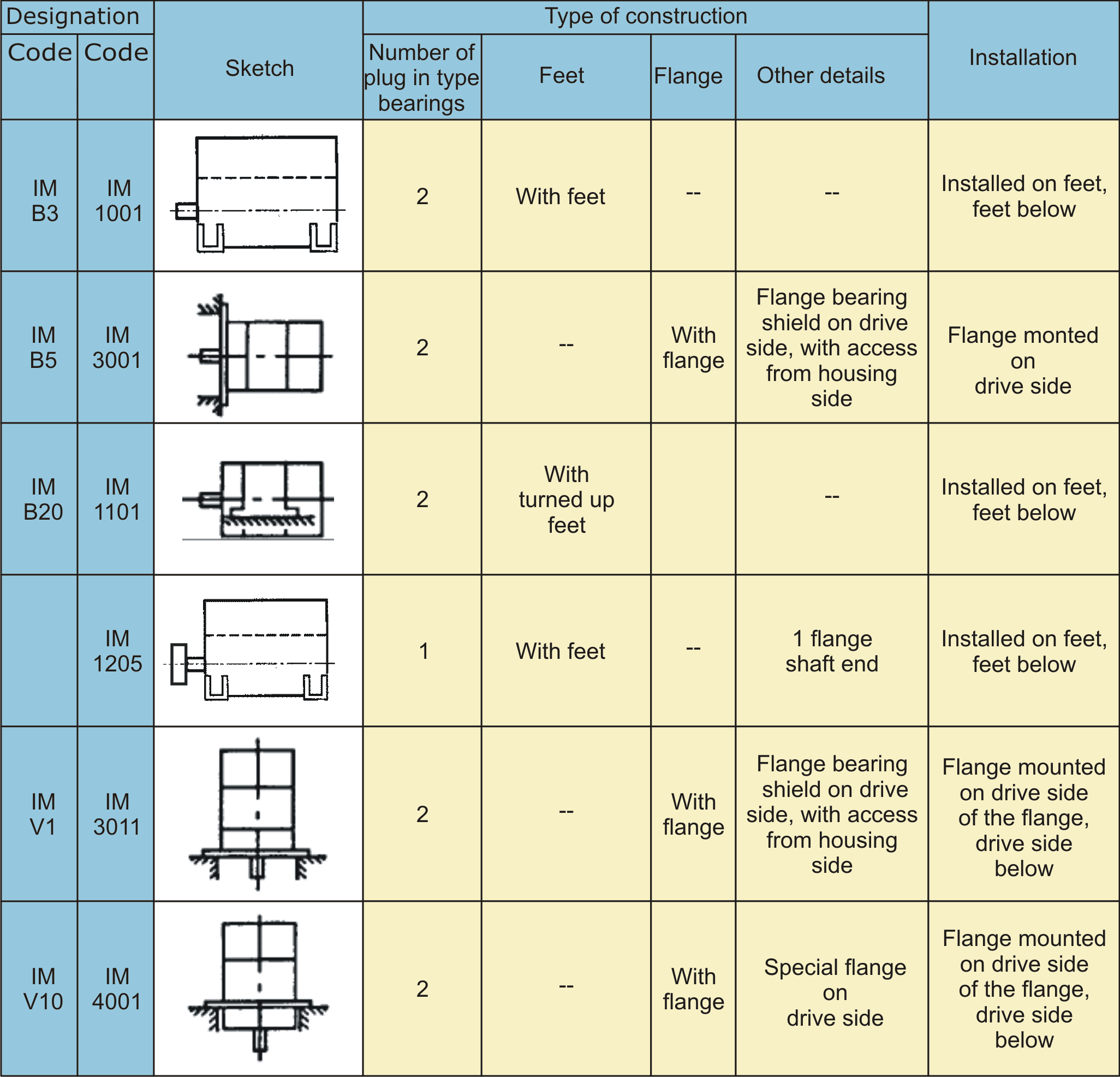Electric Motor Mounting Types
Are you looking for the best electric motor mounting types? Do you want to know which mounting option is best for your motor and application? Electric motor mounting plays a crucial role in ensuring efficient operation and longevity of your motors. In this blog post, we will explore different electric motor mounting types and their benefits to help you make an informed decision.
Pain Points of Electric Motor Mounting Types
Choosing the right electric motor mounting type can be a daunting task, especially for those new to the field. There are various electric motor mounting options available, each with its own pros and cons. Many people struggle with selecting the best mounting type for their motor and application, leading to inefficient operation, costly repairs, and even failures.
What Are Electric Motor Mounting Types?
Electric motor mounting types are the different ways in which electric motors are installed. There are many mounting options available, and each has its own characteristics. Some common electric motor mounting types include base mounting, flange mounting, face mounting, and foot mounting. A motor's mounting type depends on various factors such as its size, weight, intended application, and the environment in which it will operate.
Summary of Electric Motor Mounting Types
Electric motor mounting types are essential to ensure efficient operation and longevity of your motors. Choosing the right mounting type for your motor and application is crucial for optimal performance. Some common electric motor mounting types include base, flange, face, and foot. Each mounting type has its own unique features and benefits. Factors such as motor size, weight, and intended application are critical when selecting an electric motor mounting type.
Base Mounting
Base mounting is one of the most common electric motor mounting types. It involves mounting the motor on a flat surface and using bolts to secure it in place. Base mounting is ideal for small to medium-sized motors, particularly those that operate horizontally. Some of its benefits include easy installation, low cost, and robust construction, making it perfect for harsh environments.
Flange Mounting
Flange mounting involves attaching the motor to a flange on the driven machine. Flange mounting is often used for vertical motors, those operating at high speeds or heavy loads and those that require precise alignment. This mounting type offers several benefits, including easy alignment, compact size, and vibration control.
Face Mounting
Face mounting involves mounting the motor on a surface parallel to the shaft centerline. This type of mounting is ideal for horizontal motors and is often used in pump and fan applications. Face mounting offers several advantages, including easy adjustment, fast installation, and minimal transmission of vibration from the motor to the driven machine.
Foot Mounting
Foot mounting involves attaching the motor to a base using feet bolted to the motor's frame. This mounting type is used for larger motors and those operating at slower speeds. Foot-mounted motors are prevalent in pump and compressor applications and offer benefits such as easy installation, straightforward servicing, and better heat dissipation.

Question and Answer Section
1. What factors should I consider when choosing an electric motor mounting type?
When choosing an electric motor mounting type, ensure that you consider factors such as motor size, weight, intended application, and the environment in which it will operate.
2. Can I use any mounting type for any motor size?
Not all mounting types work for all motor sizes. Some mounting types such as base mounting are ideal for small to medium-sized motors, while others like flange mounting are best suited for heavier motors.
3. Is it necessary to align the motor during flange mounting?
Yes, aligning the motor during mounting is critical. Proper alignment ensures efficient operation and prolongs the motor's life.
4. How important is the motor mounting type to my application?
Motor mounting type is critical as it affects the performance and lifespan of your motor. Choose the right mounting type to ensure optimal performance.
Conclusion of Electric Motor Mounting Types
In conclusion, choosing the right electric motor mounting type is vital to ensure efficient operation and longevity of your motors. The mounting type you choose should be compatible with your motor size, weight, intended application, and the environment in which it will operate. Some common electric motor mounting types include base, flange, face, and foot. Remember, proper installation and alignment of your motor are critical in achieving optimal performance, so be sure to consult with an expert if you're unsure.
Gallery
What Is An IM Code, And What Types Of Electrical Machines Are There

Photo Credit by: bing.com / siemens im types code iec machines electrical 34 construction industry there support standard statement
Motor Mounting Codes – Drives And Automation
Photo Credit by: bing.com / motor mounting codes shaft electric b3 mount im type iec mounted foot frame motors horizontal standard size arrangements 1001 feet
Motor Mounting Types|About Motors|Anhui Wannan Electric Machine Company
Photo Credit by: bing.com /
Electric Motor Mounts - Amazon.com

Photo Credit by: bing.com / mounts
Electric Motor,asynchronous Motor,3 Phase Asynchronous Induction Motor
Photo Credit by: bing.com / motor electric mounting types b3 b5 drawing dimensional screw jack
0 Response to "Electric Motor Mounting Types"
Post a Comment